The size of the claim is important to consider before buying and developing the chosen location. If the claim is too small it might become a hassle to expand if walls need to be demolished and the character doesn’t have the Humours to do so. If it’s too big the upkeep of the land will be unnecessary large.
About 1300 m2 (tiles) is a reasonable size for a single hermit with farming as the only occupation. This area gives room for at least 8 tilled fields, farmer’s house, timber pile (including empty 5 square radius), turkey coop, cooking structures and various other appliances, and still have room for extra stuff, as well as 3 layers of walls. An area like this costs roughly 10 silvers per day (upkeep = 4 silver + (tiles/300) per day).
There is a lot of debate when it comes to walls and defences. In the past it has been a custom to have at least 3 layers of walls because the ranged defences (braziers) didn’t activate on the first instance of crime being committed on a claim. It activated on the third, hence the 3 walls.
Recently, defences have been changed and, as of writing this, only 1 layer of walls is required to activate ranged defence. For those who don’t want to dabble with ranged defence, multiple walls are to consider. However, there is a possible downside to this – the more protection the more interesting the claim may be to criminals. If you want to keep a low profile, keep your property basic.



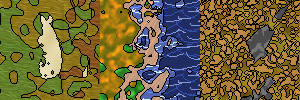



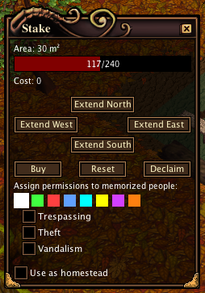
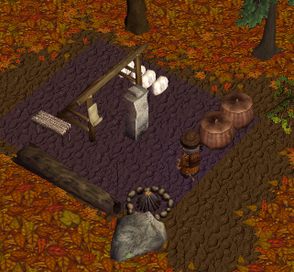
 It is not necessary to have any kind of house on ones property. The one thing that speaks for them is they have space for a stove. The stove is used to cook food that cannot be cooked anywhere else. The fire will remain lit forever as long as branches are added to it every single day.
It is not necessary to have any kind of house on ones property. The one thing that speaks for them is they have space for a stove. The stove is used to cook food that cannot be cooked anywhere else. The fire will remain lit forever as long as branches are added to it every single day.


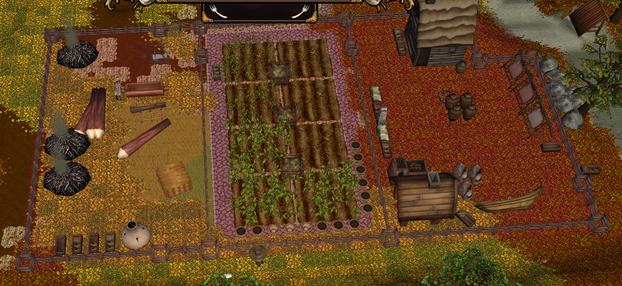
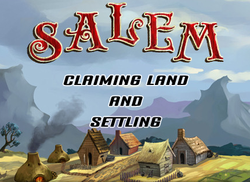

 Review of Assassin’s Creed 4: Black Flag (PS3)on 06/03/2014
Review of Assassin’s Creed 4: Black Flag (PS3)on 06/03/2014
 Review: The Last Of Us (PS3)on 07/25/2014
Review: The Last Of Us (PS3)on 07/25/2014
 Salem (Beta, Feb 2013) – The temptation of Gluttonyon 02/16/2013
Salem (Beta, Feb 2013) – The temptation of Gluttonyon 02/16/2013
 Salem (Beta, Feb 2013) – Arriving in the New World as a new playeron 02/11/2013
Salem (Beta, Feb 2013) – Arriving in the New World as a new playeron 02/11/2013
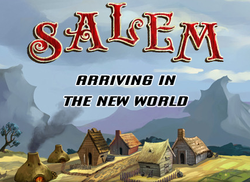

Where would you settle?